With its publicly accessible exhibition space just opened in November 2021, Longlati Foundation was co-founded by Chinese artist and art collector Chen Zihao and Singapore investor David Su. Accommodated in the Neoclassical premises formerly known as the Central Garage Co. designed by architect Percy Tilley in 1919, the 1000-square-meters space is locatied alongside some of the city’s major art institutions. The Collection of Longlati Foundation is structured around three themes: 20th-century international women artists, minority and multi-minority cultures, as well as the practice of post-90s Chinese artists.
LARRY’S LIST spoke with Chen Zihao, who shared about their motivation behind establishing Longlati Foundation and its exhibition; why their decided to focus the art collection on women artists and minority cultures; how they selected the artists for the inaugural exhibition; the programs to interact with the local audience and art scene; how they disabuse the audience of the white delusion; and his happiest moment since the foundation was founded.
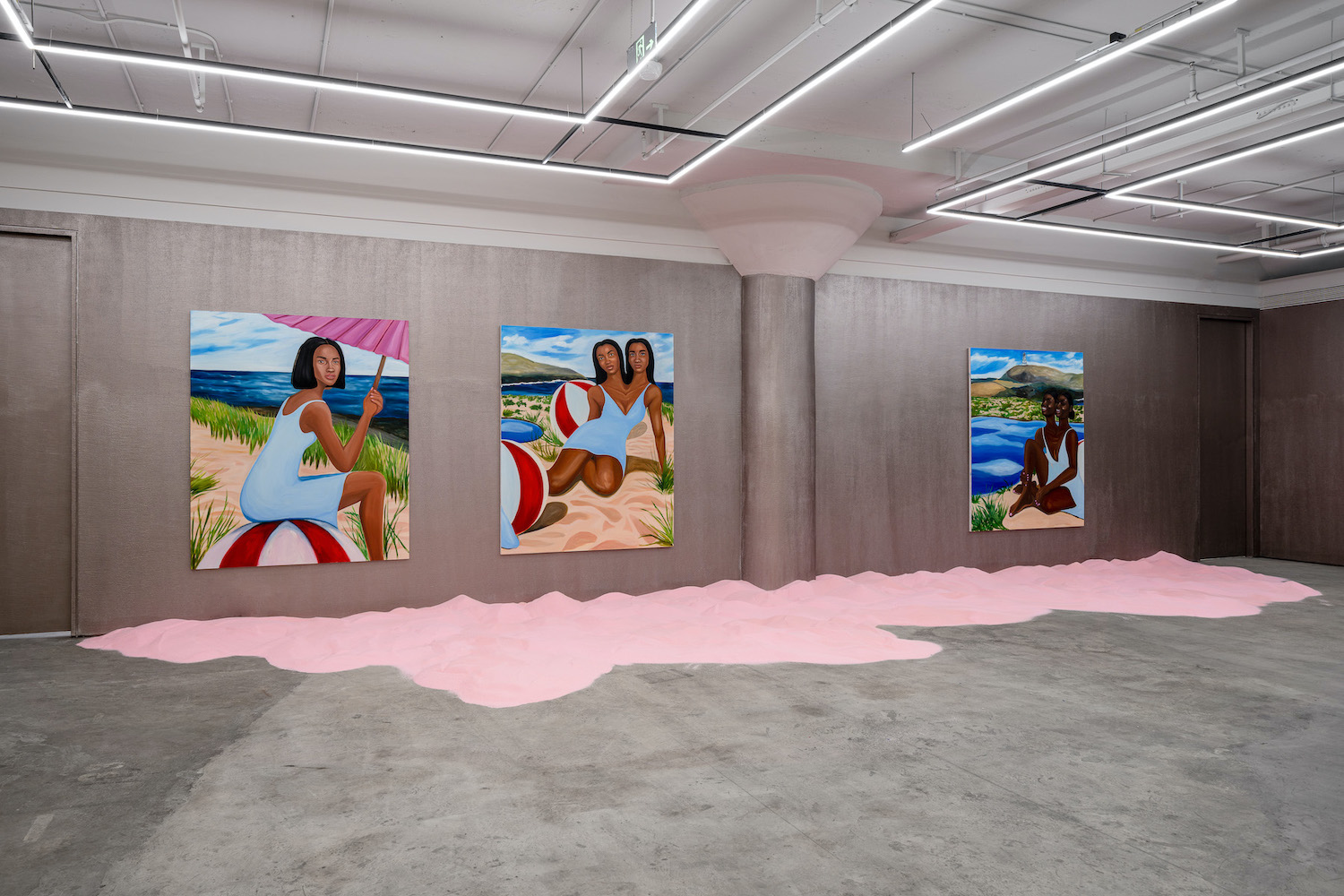
Background
What is your motivation behind establishing Longlati Foundation?
Longlati Foundation is a non-profit organization registered in Hong Kong, China. It stands between the cultural landscapes and geo-political realities in change, contributing to the development of contemporary art in its diversity. Since the initiation in 2017, Longlati Collection and Patronage Program has been structured around three themes: 20th-century international women artists, minority and multi-minority cultures, as well as the practices of post-90s Chinese artists.
And what motivated you to set up a publicly accessible exhibition space? Why is it important for you to share your collection with a wider public?
On the basis of having formed a certain collection volume, we envisage the establishment of a physical space as a practice to promote more communication, cooperation, and output, and to expand the public’s understanding of art.
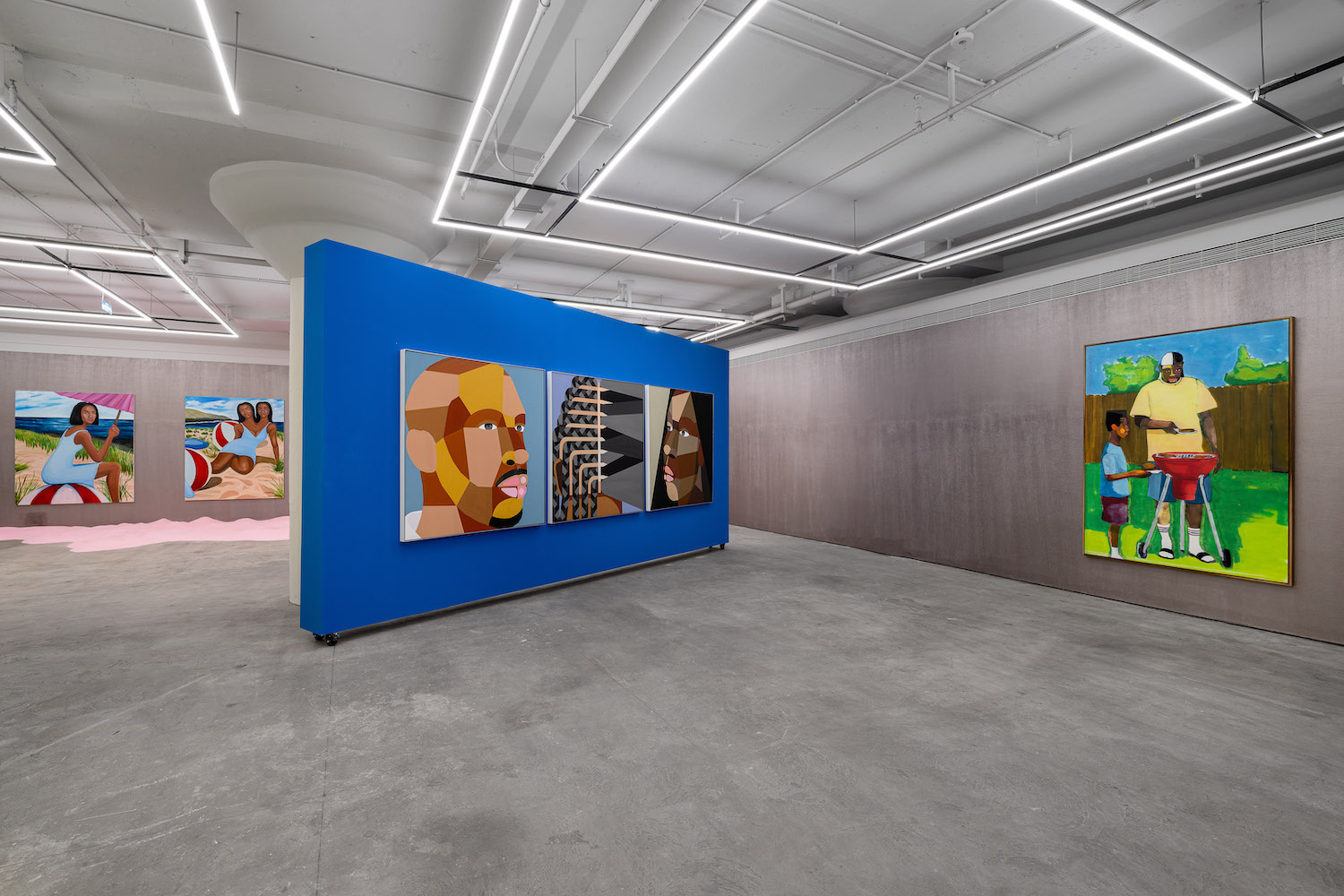
Why did you choose this location in Shanghai for opening the exhibition space there?
There are many factors that we took into consideration. For example, Shanghai has great free-port systems, such as the West Bund; and compared with other cities, Shanghai has a more open cultural policy. The Bund, where Longlati Foundation is located, is home to many art institutions and galleries.Our decision to choose this location in Shanghai is also expected to provide different geographical contexts and more possibilities for discussion.
What are the missions of the foundation? What are the ways to achieve this/these missions?
Through our Collection and Patronage Program and its Exhibition Program, Longlati Foundation seeks to evoke discussion and rediscovery of 20th-century international women artists, minority and multi-minority cultures, and to promote the work and perceptions of these artists.
Besides those, Longlati Foundation has also launched the Artist-in-Residence Program and Writers’ Acquisition Program (Shanghai) in order to gradually improve the collecting apparatus and research platform for post-90s Chinese artists, providing them with excellent exhibition and interdisciplinary collaboration opportunities. Longlati will invite other institutions, curators, and scholars across disciplines to engage in dialogue and exchange with the young artists to create a new chapter of astounding manifestations and surging waves.
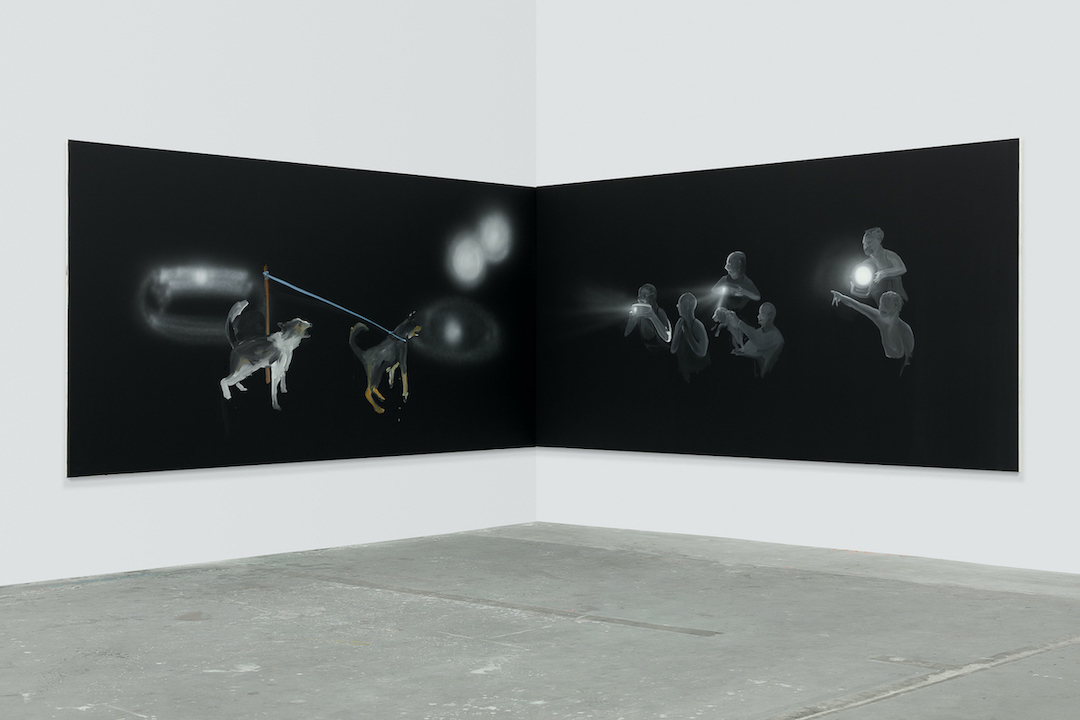
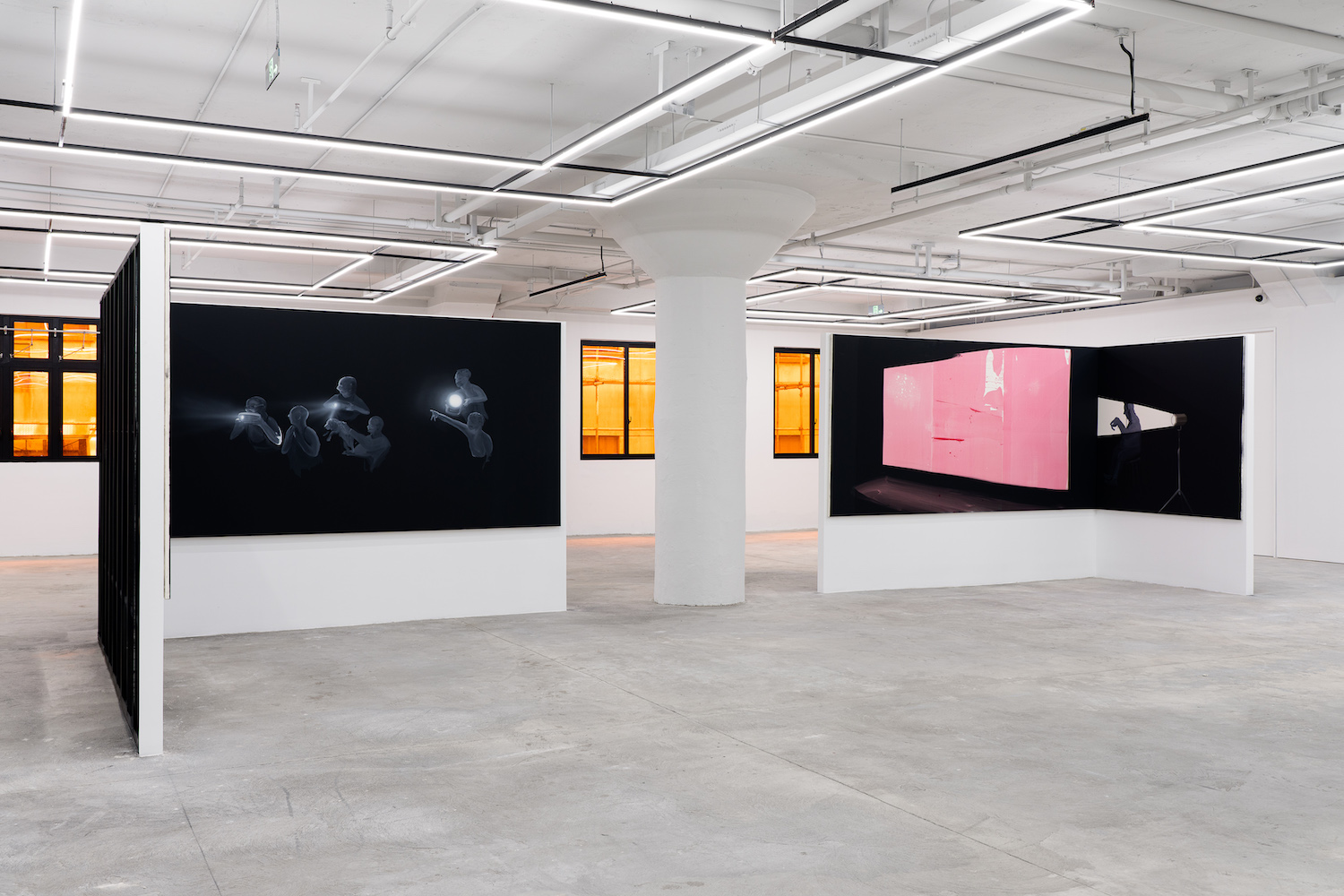
The collection
The Collection of Longlati Foundation is focused on women artists and minority cultures. How did you decide on these two focuses?
Over the past century, feminism has surged in succession around the world, disrupting the male-dominated visual experience of art history and giving rise to many remarkable women artists and extraordinary feminist artworks. With unique and elaborative artistic notions and languages, they have spared no effort to expand the boundaries of institutions and conventions, exploring the narratives of co-existence. Longlati advocates for a stronger voice for women artists, increasing their visibility in the presence of art history and actively raising awareness and reflection on gender inequality in other disciplines and society at large.
Longlati Foundation’s longstanding support of feminism is also connected with the simultaneous rise of minority culture, through which Longlati hopes to create and maintain an unbiased and inclusive discourse. Longlati rejects the strategic or symbolical contemporary exploitation of minority cultures but aims to achieve pluralism with systematic diversity. The minority is not a numerical concept. In Longlati’s vision, the existence of minority culture and multiple minority cultures is not just a monolithic experience but a reality and verity in different contexts and complex dimensions. Longlati attempts to establish a methodized system for the practices of minority people and to provide sufficient academic resources for the intersection of minority and multiple minority cultures.
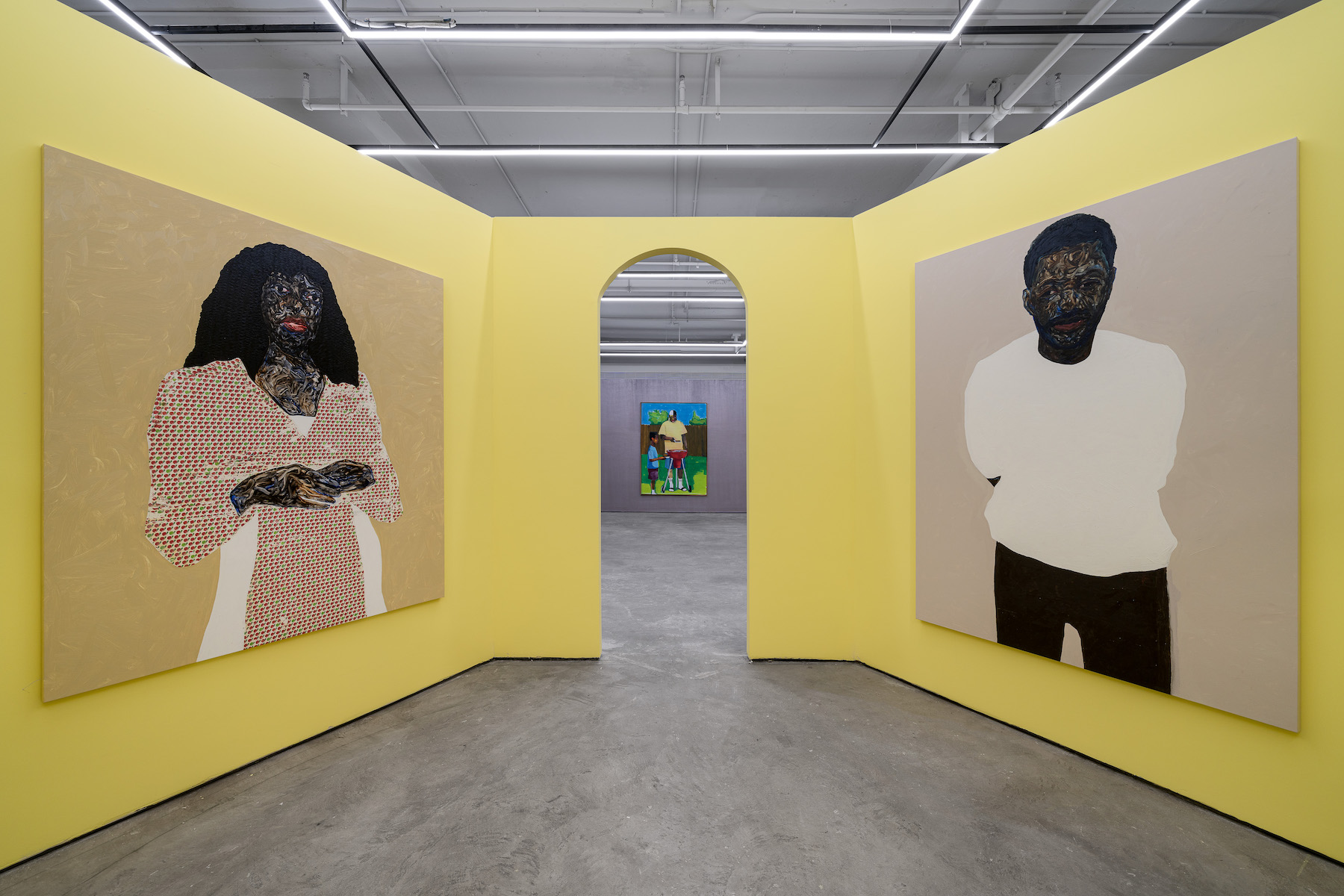
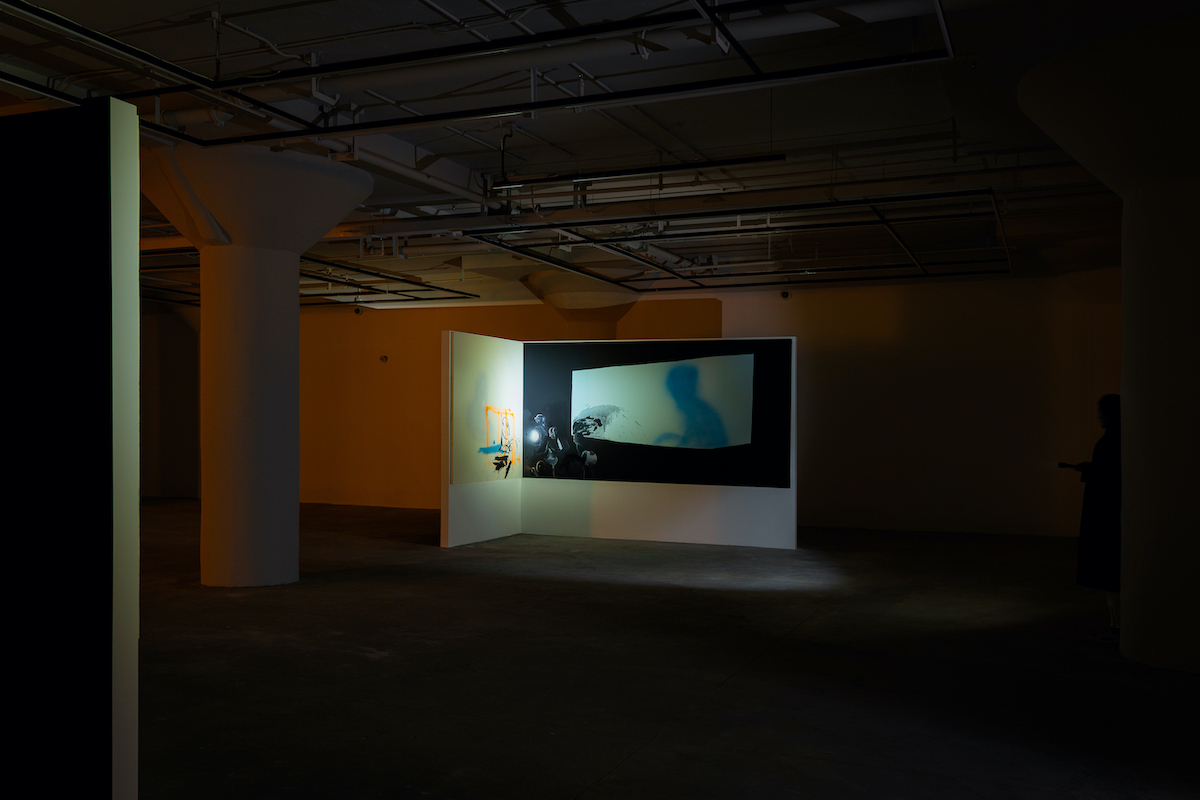
The programming
How much do you involve in the programming as well as the curating of exhibitions in the exhibition space?
My team and I are 100-percent involved in the preparation and execution of the exhibition. We spend time and efforts communicating with artists and galleries to make the best presentation possible. For example, Tala Madani’s exhibition is the result of more than a year of communication with the artist and the gallery for the unconventional presentation of the show. In response to the Madani’s light that points both outward and inward at human instinct, the works are deliberately installed in certain darkness, while the audience is invited to take a flashlight when entering the exhibition space, and view the works by turning it on. Thus, the idea of “It was as if the shadows were lit up” (also the title of the exhibition) is performed as a collective agenda, in which one’s identity is articulated as a communal project. We would like to hand the lighting over to the audience, and make them involve more deeply with the exhibition, as well as interacting with the exhibition.
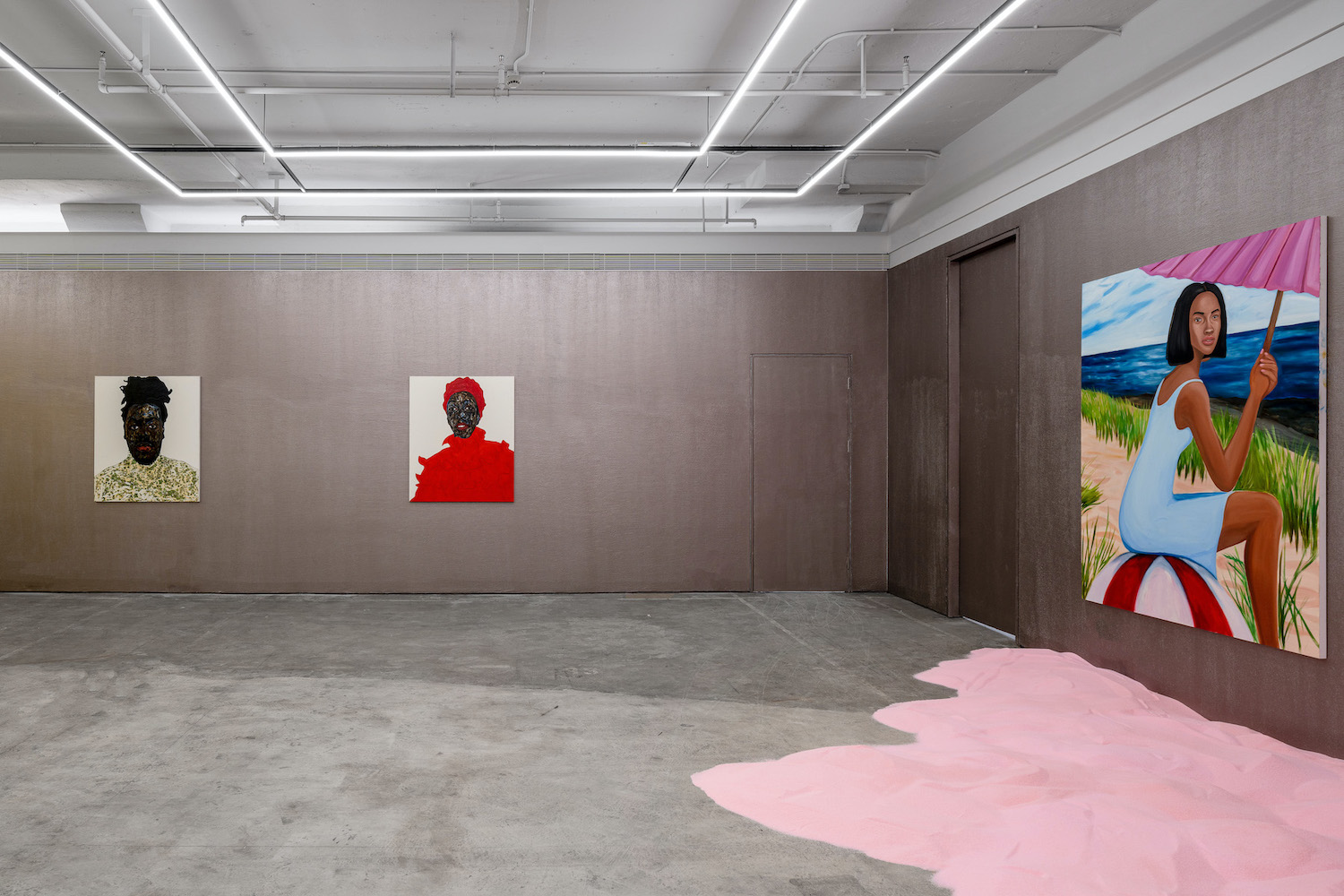
There are two inaugural shows at the exhibition space. How did you select these artists?
Longlati Foundation focuses on presenting trailblazing women and female-identifying artists whose compelling work challenges the status quo of the art-world establishment. “It was as if the shadows were lit up” is an exhibition dedicated to Tala Madani (b. 1981, Tehran, Iran) and her energetic, expressive painting series “Corner Projections”. Born and raised in the years of turmoil after the Iranian Revolution (1978–79), Madani went through the socio-political marginalization of women and the divided states of feminism during childhood. The artist now constantly challenges ourunderstanding of the global landscape, as well as the power structures within. Her brushworks are of conceptual potency, gestural simplicity, and emotional immediacy, and she has been integrated into the multi-cultural heritage.
The other exhibition, “Behind This Wall”, includes works by Derrick Adams, Amoako Boafo, andVaughn Spann, who each explore and redefine the idea of Blackness through portraiture-making. With their own distinct modes of expression, Adams, Boafo, and Spann disabuse the audience of the white delusion that has been traditionally perpetuated by the walls of museums, extending the movement for justice and liberation to the art historical realm. Derrick Adams incorporates formal consideration of solid colors and geometric shapes into his vibrant depictions of Black faces at ease. Amoako Boafo characterizes the self-assertion of his community by using his fingers to fabricate Black skin. Vaughn Spann portrays two-headed Black figures to enact a conscious form of vigilance. All three artistsquestion the necessary boundaries and ever-changing realities of Blackness. “Behind This Wall” aligns with a deliberate plan to integrate identity politics into the art institution, which reflects the unique social agenda of the Longlati Foundation among its counterparts in the city.
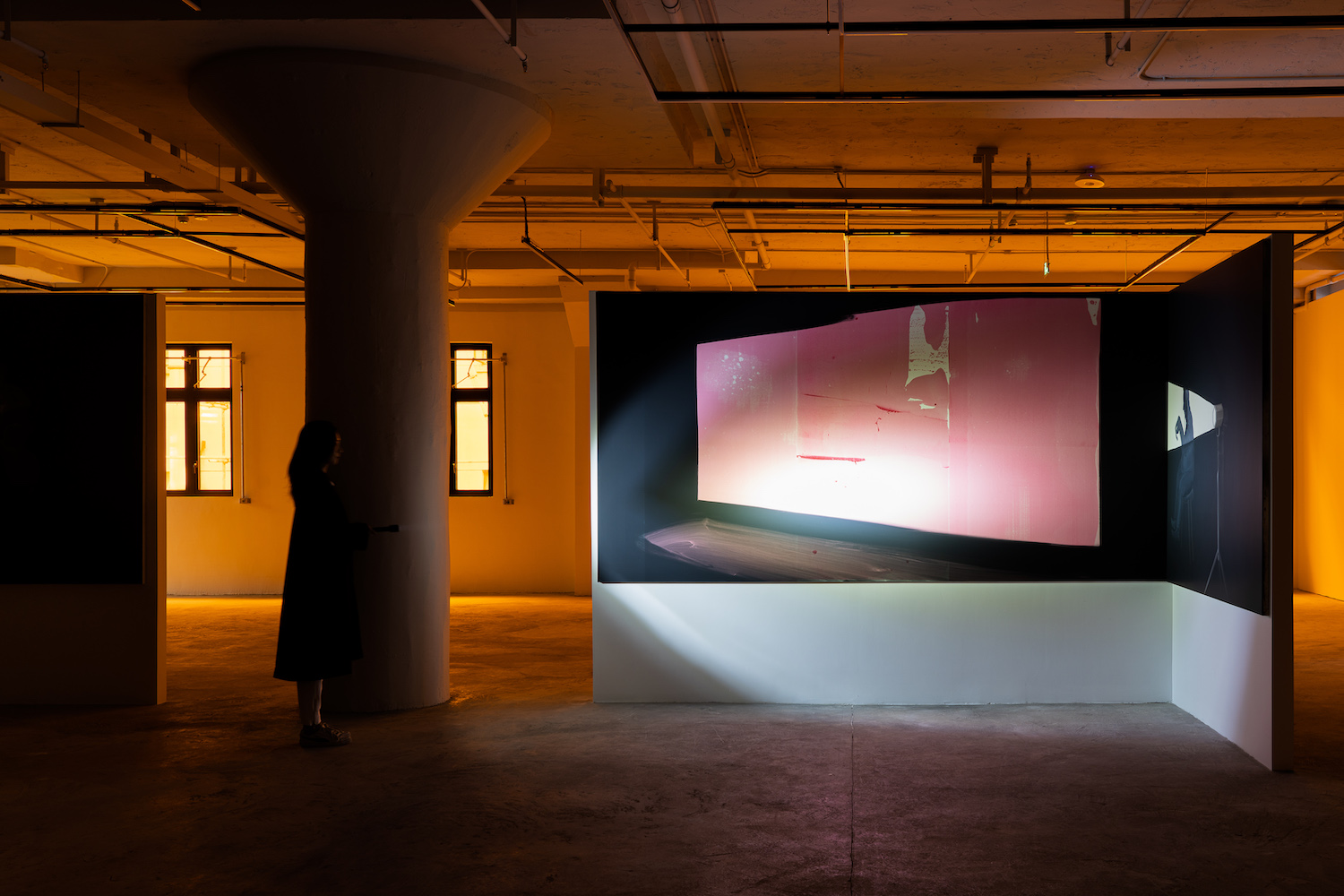
What are the special artwork highlights in these two exhibitions that we should not miss?
Each piece has its own uniqueness and details to be savored. But in Tala Madani’s solo exhibition, we changed the experience of the exhibition in a sense by using the flashlight. When the flashlight shines on every foot of the picture, people re-experience the perception of the work, adding a sense of mysticism and archaeology to the way of viewing.
What are the programs to interact with the local audience and art scene besides exhibitions?
As aforementioned, besides our Collection and Patronage Program and its Exhibition Program, Longlati Foundation has also launched the Artist-in-Residence Program, which will propose one young talent each year to join the Foundation’s annual studio-based residency. Moreover, we also initiated in September 2021 our Writers’ Acquisition Program, Shanghai. The Program is formed by four Shanghai-based writers, Jenny Chen, Zian Chen, Suchao Li, Evonne Jiawei Yuan, who are actively involved in the local art scene. The Program aims to promote the intellectual exchange between writers and emerging artists. They will organize mostly visits to gallery and museum exhibitions in Shanghai, conduct research into the works and develop acquisition proposals. Each of them will nominate artists and evaluate each other’s opinions, then vote to make new additions to the Collection of Longlati Foundation every month.
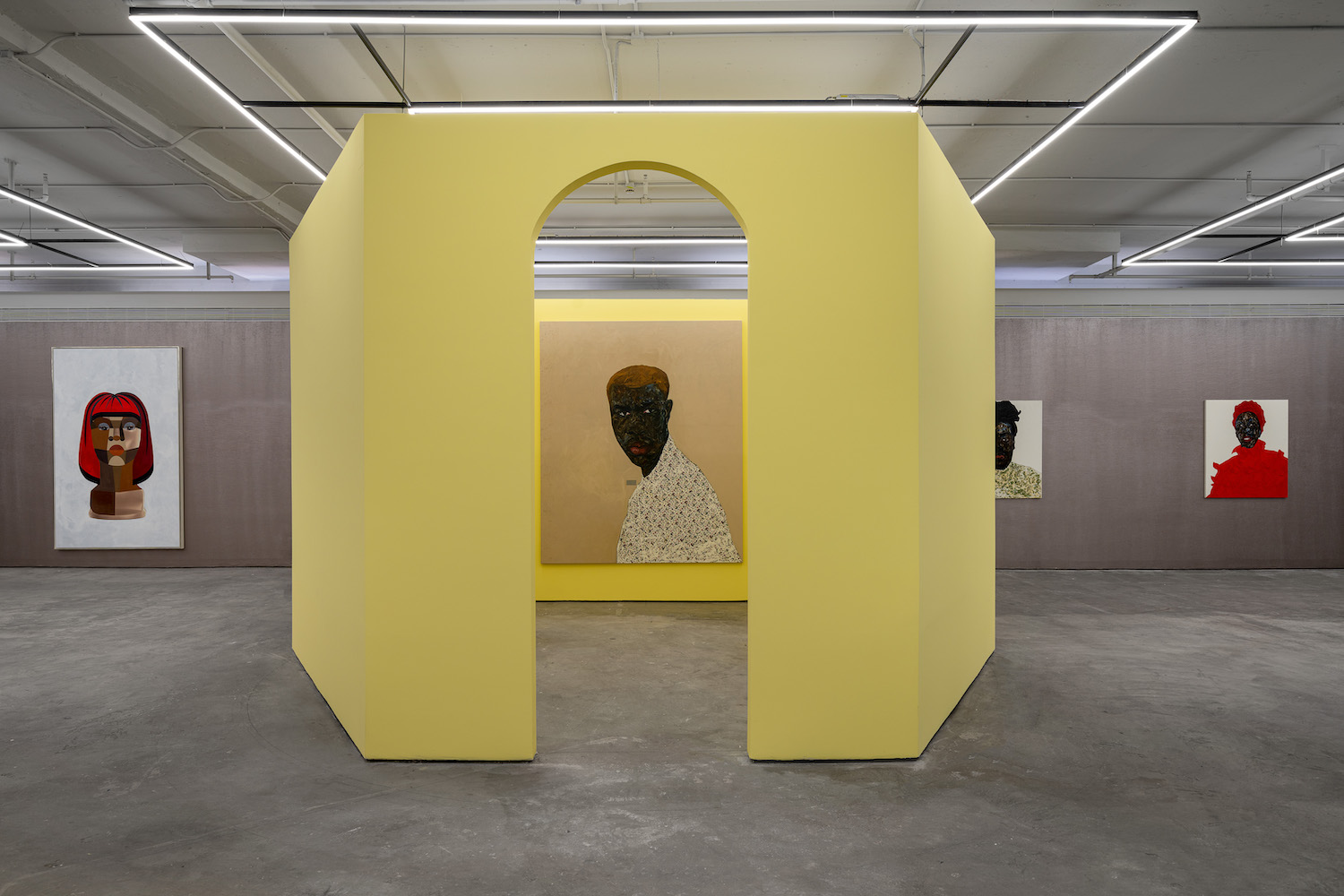
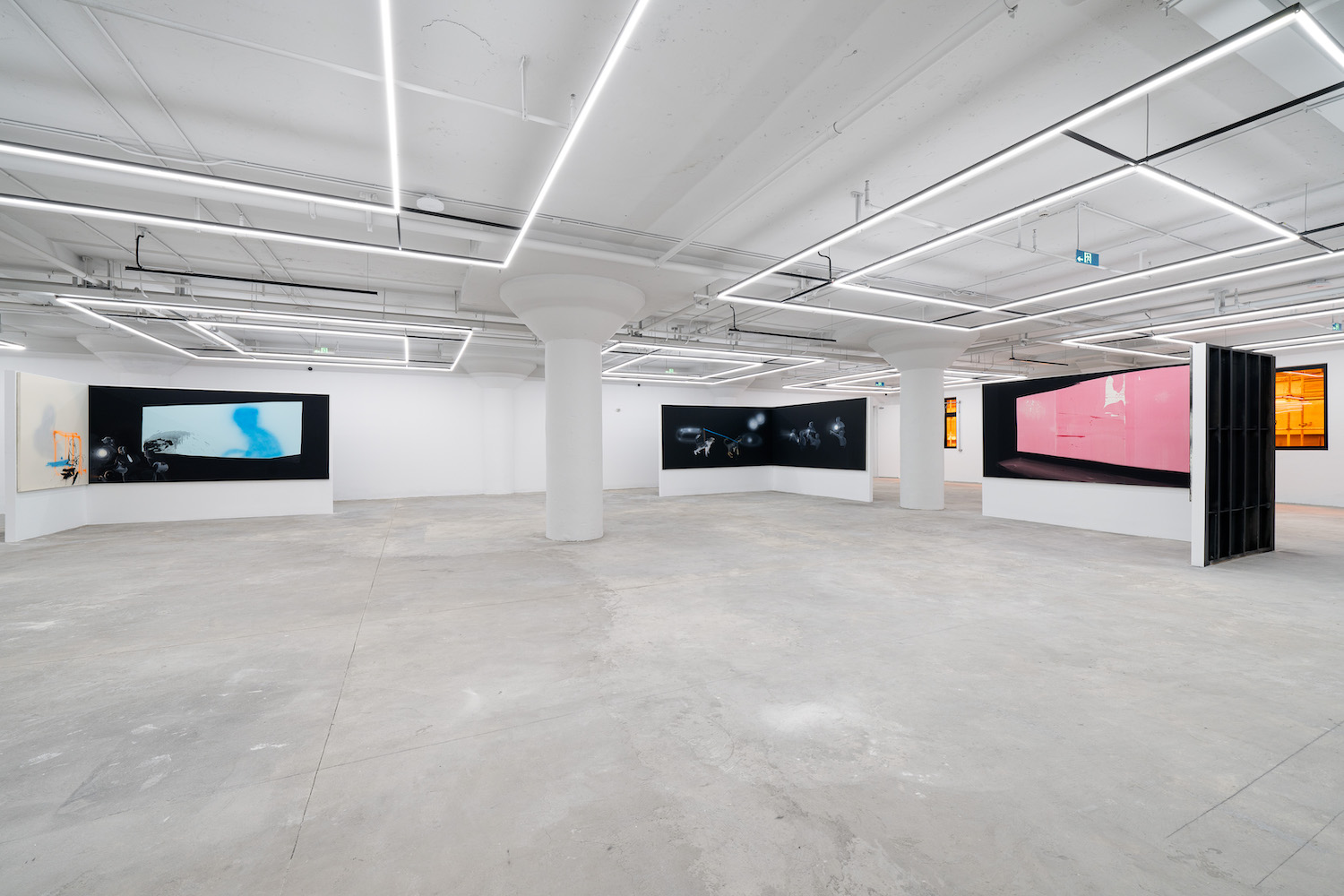
Visions for the foundation
What was your happiest or most memorable moment since Longlati Foundation has been set up?
The happiest moment must be the time when a new artwork or artist joins our collection or exhibition program. After the establishment of the space, the initial stage of arranging exhibitions is also very exciting, because it was the most unformed stage with countless possibilities. It is extremely meaningful to turn our collections into visual output through exhibitions, so as to increase the opportunities for visitors to interact with art.
Honestly, does owning a foundation help you to get the artworks you want more easily?
Running a good exhibition program and providing more opportunities for the artists and audiences to communicate will indeed persuade artists and galleries to be more willing to participate in future projects.
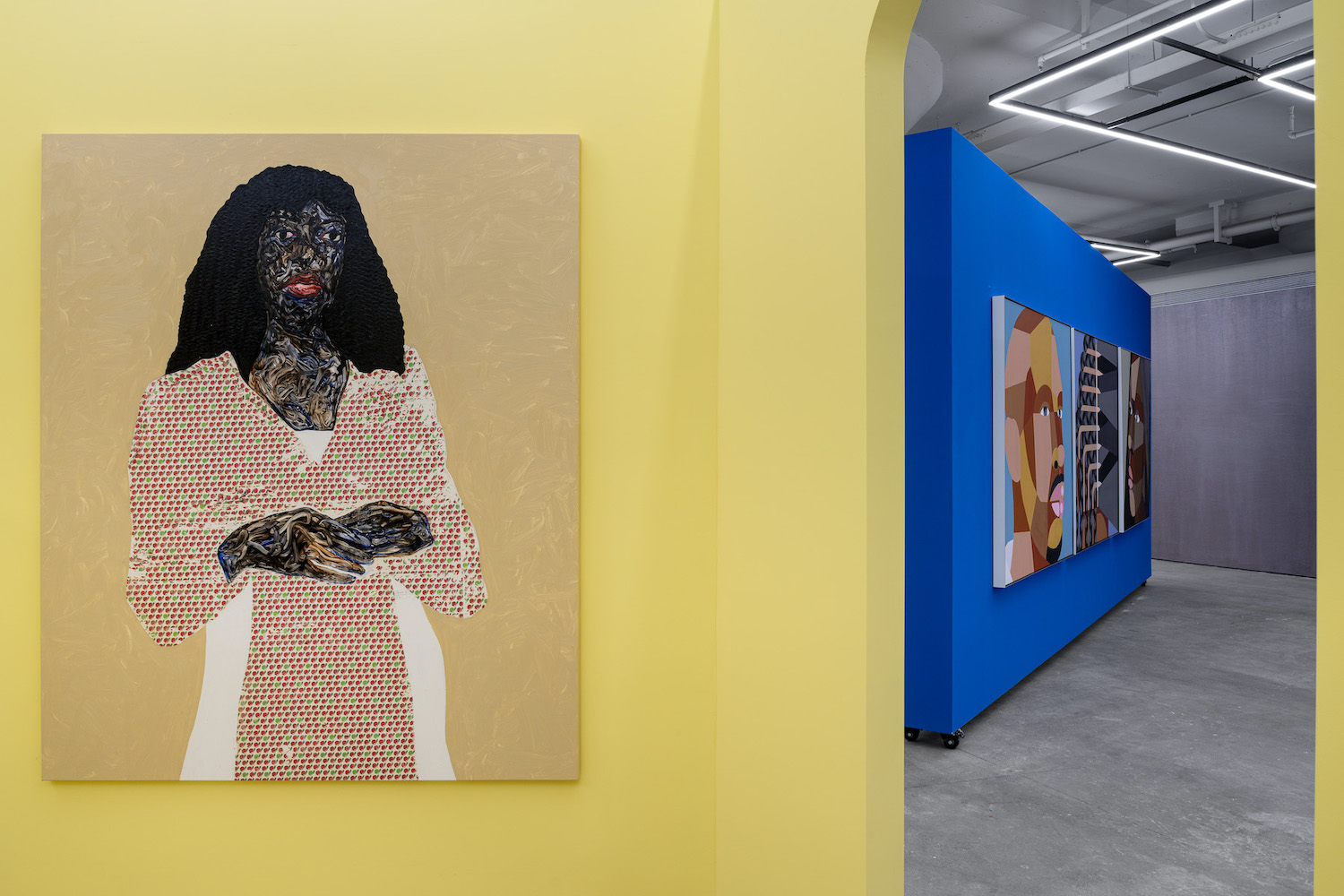
What are on your wish list regarding artworks and your foundation?
The motivation of collecting always comes after the creation of the artist. As there are many respectable artists, we will always keep open-minded.
What do you think are the key elements that determine the success of an art foundation?
Always focus on what is happening at the moment, which is not only about art, but also ripples and interacts with all aspects of society. Success is the accumulation of time and experience, the repetition of exciting and boring tasks.
What are your visions for the foundation and its exhibition space in the next five and ten years respectively?
We will continue to firmly execute our three main directions. This will be long-term work, just as our plan to support post-90s artists is defined as “decades after decades”. I hope the artists we support will have their own page in art history in the future.
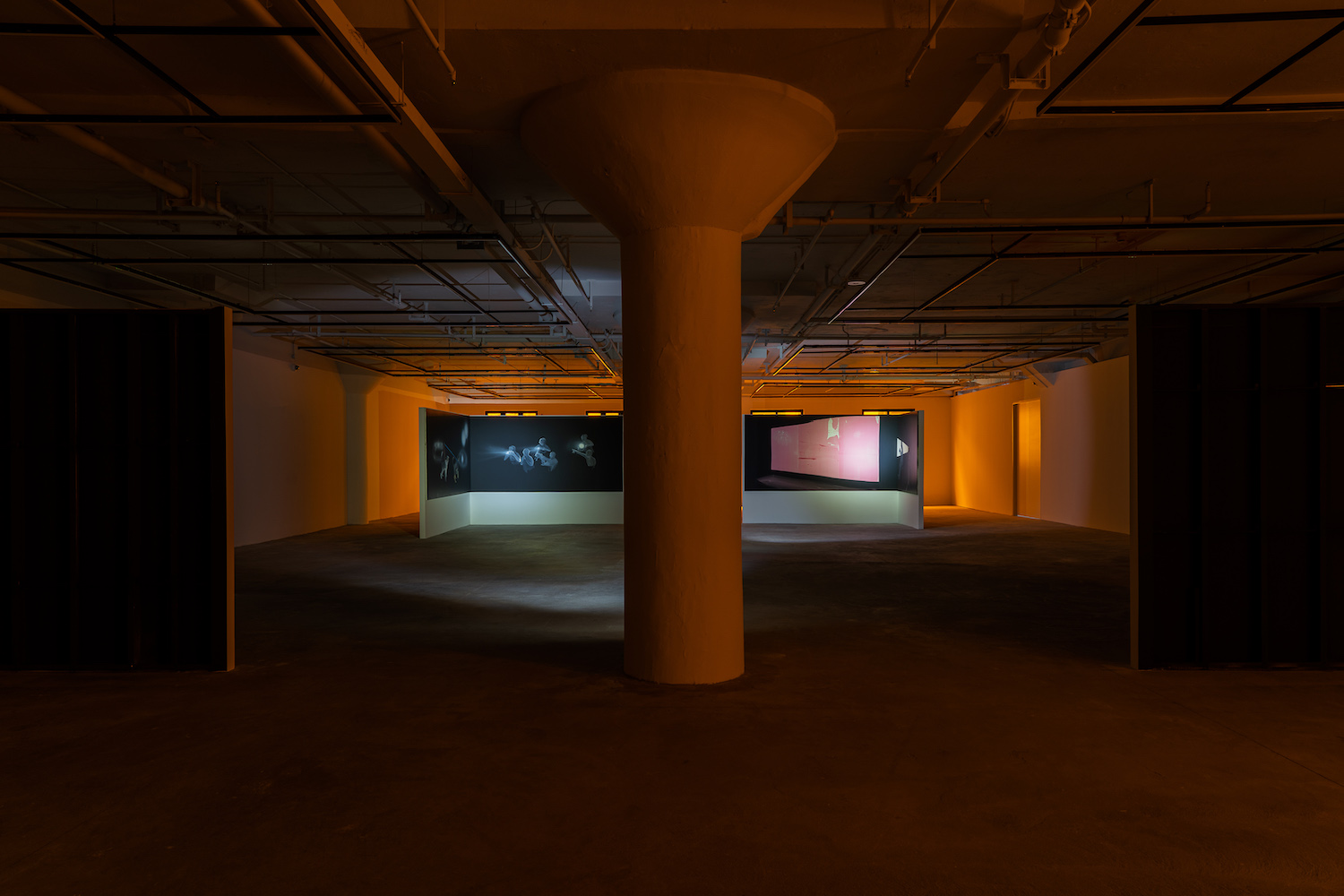
Related: Longlati Foundation
Instagram: @longlatifoundation
By Ricko Leung





